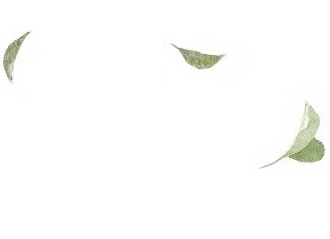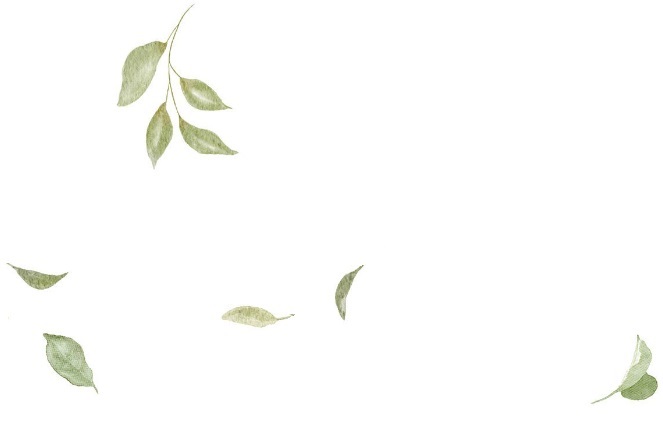

- Where is the Vermeire workshop based?
Our workshop is based in Liberec, the Czech Republic.
- Does Vermeire offer a guarantee / warranty?
Yes. All of our products come with 2 years warranty. However, we want to avoid anything going into landfill, so we will always endeavour to repair any of our products where possible. Even after several years, we will gladly fix any items. Just get in touch with us and we will do our best to help.
- What makes Vermeire sustainable?
All our items are handmade from reclaimed takeaway food containers. These containers are regularly collected from companies that make use of food delivery services or even from individuals who send us lunch boxes from all over the Czech Republic. Get in touch with us if you wish us to upcycle your takeaway food containers.
Furthermore, our products are made in our workshop and we do not sub-contract to third party manufacturers.
- Do you sell vegan products?
The entire Vermeire Collection is vegan.
- Where do you ship/deliver to?
We ship internationally. All items can be delivered worldwide. For any queries please contact us .
- How much do Vermeire products weigh?
We’ve developed our own unique way of producing our pieces, this includes minimising the weight of items. You would be surprised. When comparing our pieces to other luxury products of the same size, ours are usually less.
Please feel free to ask us about any specific product weight.
- The material looks ‘hard edge’ – would it snag on more delicate fabric?
No, even though that can be the first impression. The upper hide is smooth to the touch. All our items have been tested repeatedly and they cannot damage delicate fabric or elastic garments such as stockings, leggings.
- Are the Vermeire products waterproof?
Yes, the waterproof quality of our entire collection helps protect your belongings in wet environments.
- Will the upper layer crack ?
The upper layer is made from FDA-approved food grade plastic (Polypropylene, recycling number 5).
This type of plastic can withstand extreme temperatures (from -40°C to 120°C) without compromising the performance values of the material, which makes our bags ideal for use in a variety of environments, from cold facilities to outdoor walks in hot climates.
We tested our products at freezer temperatures: our items were not damaged and kept its flexibility. Unfortunately, we had no chance to carry them in the Sahara desert yet ;).
This plastic does not tear easily and will tend to scratch rather than to break. Most scratches can be repaired by gently applying a very small drop of black matt acrylic paint on the surface and removing it with a paper tissue before it fully dries out.
- What is your packaging made from?
All our packaging is rescued, reclaimed or recycled.
- Why are upcycled products more expensive – they are just made from waste?
I get this question quite often and it reflects how we as a society tend to view waste as worthless or useless – when in fact it can be a valuable resource. It may have a past and a story to tell – just like the best of us – but that doesn’t necessarily mean that beauty can’t still be found or that the quality is compromised.
Products that have been upcycled require skill and imagination to transform them into something new. It is a very challenging process as rarely are two things the same. It also takes time and labor to source enough material, prepare and deconstruct something in order to get it ready for the redesigning stage.
This is why upcycled products can be more expensive – because they can be more labor intensive. But while the human effort may be greater, the environmental cost is far lower.

- What is upcycling?
By definition – ‘Upcycling is the reuse of otherwise discarded objects or materials in such a way as to create a product of higher quality or value than the original’.
In simple terms – upcycling continues the life of something – and adds value to it.
That could be something that’s totally re-imagined and given a new function.
Basically, upcycling gives a new lease of life to something that is at the end of it’s original lifespan and may otherwise be deemed as ‘waste’. And by doing so – keeps it from becoming waste and therefore prevents it from harming the environment.
The ‘up’ in the word upcycling refers to the value and quality added.
While recycling also extends the lifespan of something – it is quite different. And the main difference between the two is the process. Infact, recycling is commonly refered to as ‘downcycling’
Why?
Because recycling essentially breaks down the material and converts it back into it’s original fibers or components. This takes natural resources, energy and sometimes chemicals to do. These fibers can then be re-formed into something new – however, the broken down fibers tend to be of lessor quality due to the fact that have been processed. Often they are blended with new, virgin fibers which give it strength.
Resources and energy are used throughout the recycling processes – so it is not always the most environmental option.
Upcycling is more energy efficient as materials are not broken down or degraded – instead, they are re-imagined and repurposed – adding value and quality while extending the lifespan of the material.
Which leads me on to the next question I commonly get…
- Is upcycling not just prolonging the fact that the material or object will eventually end up in landfill?
Yes and no!
Yes it is diverting it from landfill, but no, it doesn’t necessarily have to end up in landfill eventually. Things can be upcycled time and time again and prolonging its lifespan will always make a positive impact…
Most things that have been made and manufactured are still in existence somewhere – or have left an imprint on the environment somehow. Not everything is recyclable and not everything biodegrades. We know that recycling isn’t always the most environmentally friendly option and we know the process of something biodegrading can give off greenhouse gases which contributes to climate change and pollution. As does incineration. And just like our emotions – it’s not the answer to bury them either. Sooner or later they are going to have an impact!
We put a lot of energy, money, labor and resources into disposing, exporting and recycling ‘end of life’ materials – which doesn’t favor the environment OR the economy. And even worse – many of these still have life left that they could give! THAT is a waste.
We also know now, that the way we have been operating is seriously impacting our planet and is unsustainable.
So the thing is, if everything that’s in existence has to go somewhere – doesn’t it make more sense to reuse and upcycle it so that we don’t create MORE things that ALSO have to go somewhere?
I can’t help but think of the old age advice of ‘make the most of what you have’ Because by making the absolute maximum out of what we already have – we need less.
The most sustainable product is the one that we already have.
By challenging our thinking and looking at this ‘waste’ as a resource for something new instead – then we see it for the value it is.
By using what we already have, we reduce new things being made, recycled and disposed of. It makes more sense and is kinder to environment.
So, while some items will still end up being recycled or landfilled long after being upcycled – the fact that they have been reused and upcycled to their maximum before that has a deeper knock on effect – which positively impacts not only the environment, but it also benefits our society and the economy too.

